From the central market of Ben Thanh ward, we followed Hai Ba Trung street, crossed Cau Kieu bridge, turned onto Phan Dinh Phung street to find an ancient tomb over 220 years old, hidden in a crowded residential area on a sunny afternoon in early August 2025.
Go about 1 km further, to the intersection of Co Giang Street (Cau Kieu Ward, Ho Chi Minh City), a small sign hanging high above appears before your eyes, with the words: Temple of Phu Trung Binh Giang District Duke Vo Di Nguy.
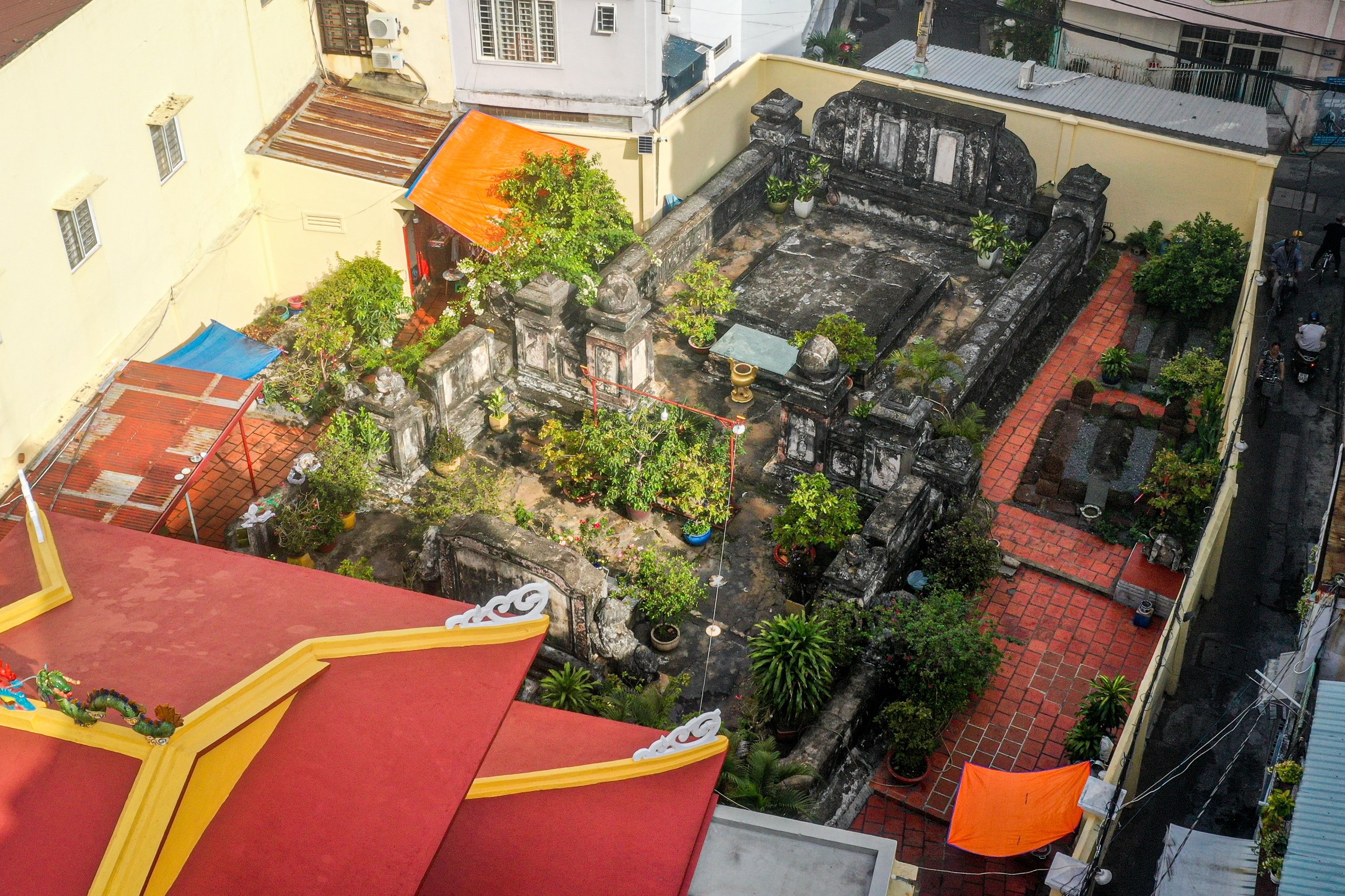
Panoramic view from the 220-year-old Vo Di Nguy ancient tomb in the heart of Ho Chi Minh City
PHOTO: HOA AN
The majestic ancient tomb
According to the management board of Vo Di Nguy mausoleum, the mausoleum was built in 1801, with traditional architectural features for kings and great mandarins of the Nguyen Dynasty. The complex consists of two main parts: the front temple and the ancient tomb area behind (commonly known as Phu Trung temple - PV ).
The entire area covers more than 122 square meters , including the upper foundation and the central tomb area.
The entire campus is surrounded by high stone walls, divided into two distinct layers of space. Outside is a red brick walkway, interwoven with flower pots and ornamental plants, creating a close, relaxing atmosphere. Inside is a rectangular tomb built of limestone mortar, solemn and imposing.
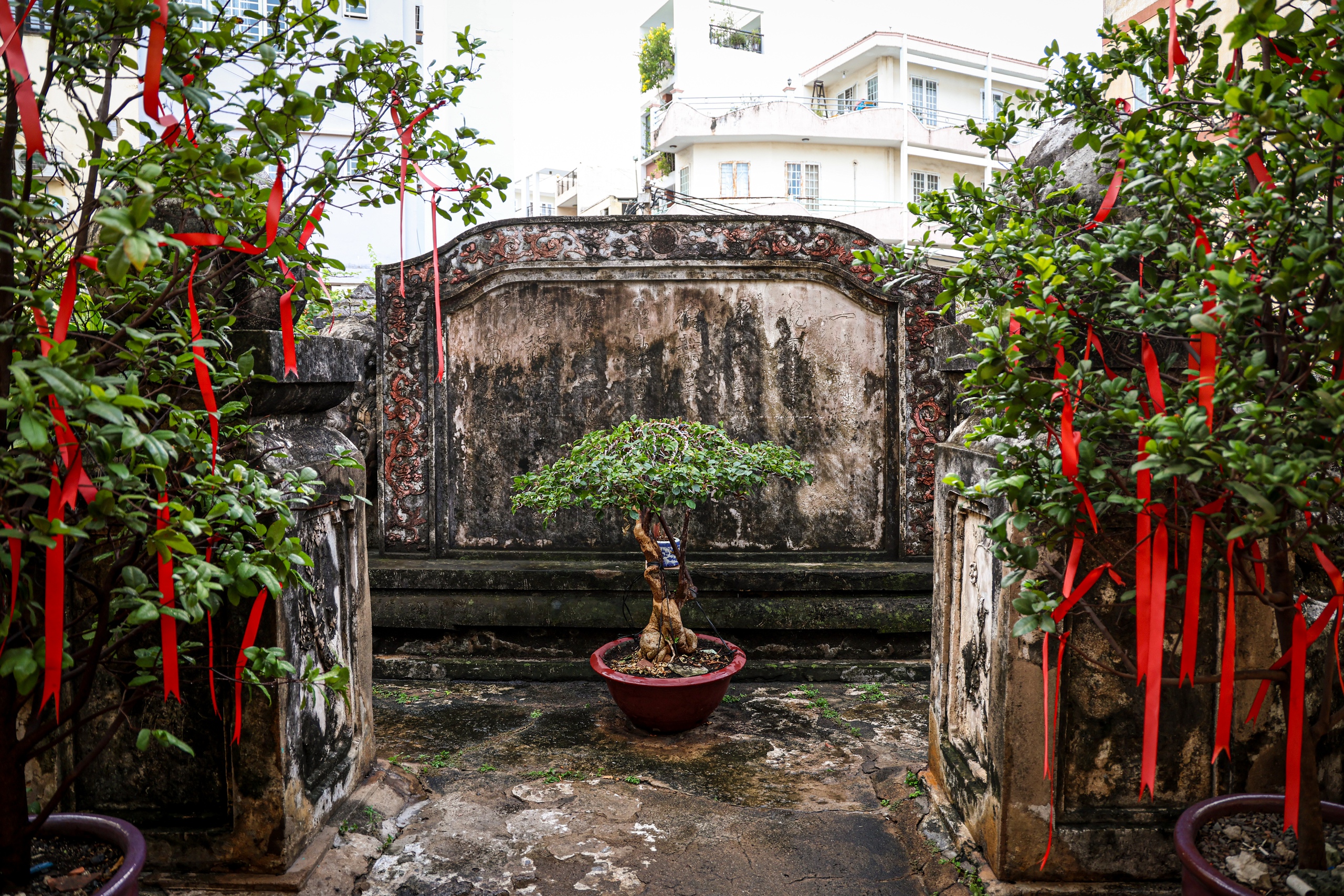
A corner of Vo Di Nguy mausoleum grounds, where an ancient stone screen and potted plants tied with red silk ribbons according to folk beliefs for peace are placed.
PHOTO: HOA AN
In the center is a moss-covered stone screen, delicately carved over time. On both sides are stone statues of unicorns and stone otters, rare images in Vietnamese mausoleum art, reminding us of the general's military career closely connected to the river.
Between the two fences are four graves, two on each side. On the right is the burial place of Mrs. Le Thi Muoi (wife of Mr. Vo Di Nguy) and the fifth son Vo Di Thien. On the left is the ancient grave of his granddaughter-in-law, Mrs. Trieu Thi Dao, along with an anonymous grave. Nearby, a small well lies next to it, as if quietly continuing the story of life in the ancient mausoleum.
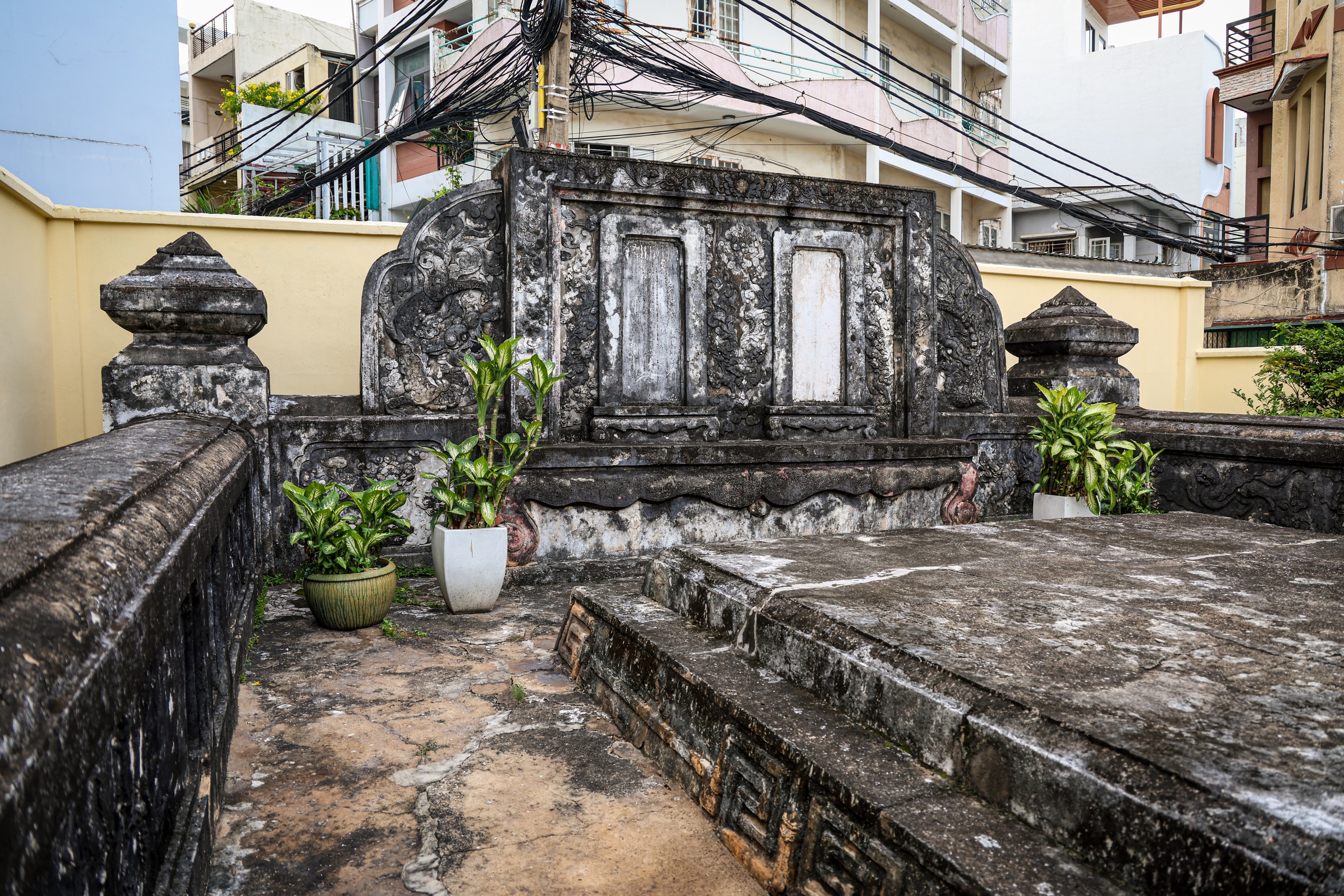
The central tomb of the famous general Vo Di Nguy, with moss-covered stone screens and exquisitely carved architecture after more than two centuries of existence
PHOTO: HOA AN
Vo Di Nguy's ancient tomb is located in the middle of the cemetery, built with bamboo panels, protruding about 0.25 meters above the ground, rectangular in shape. At the head of the tomb is a rectangular bamboo screen with two tablets engraved on it. The right one talks about Vo Di Nguy's achievements, the left one talks about his wife. However, many of the words have faded over time.
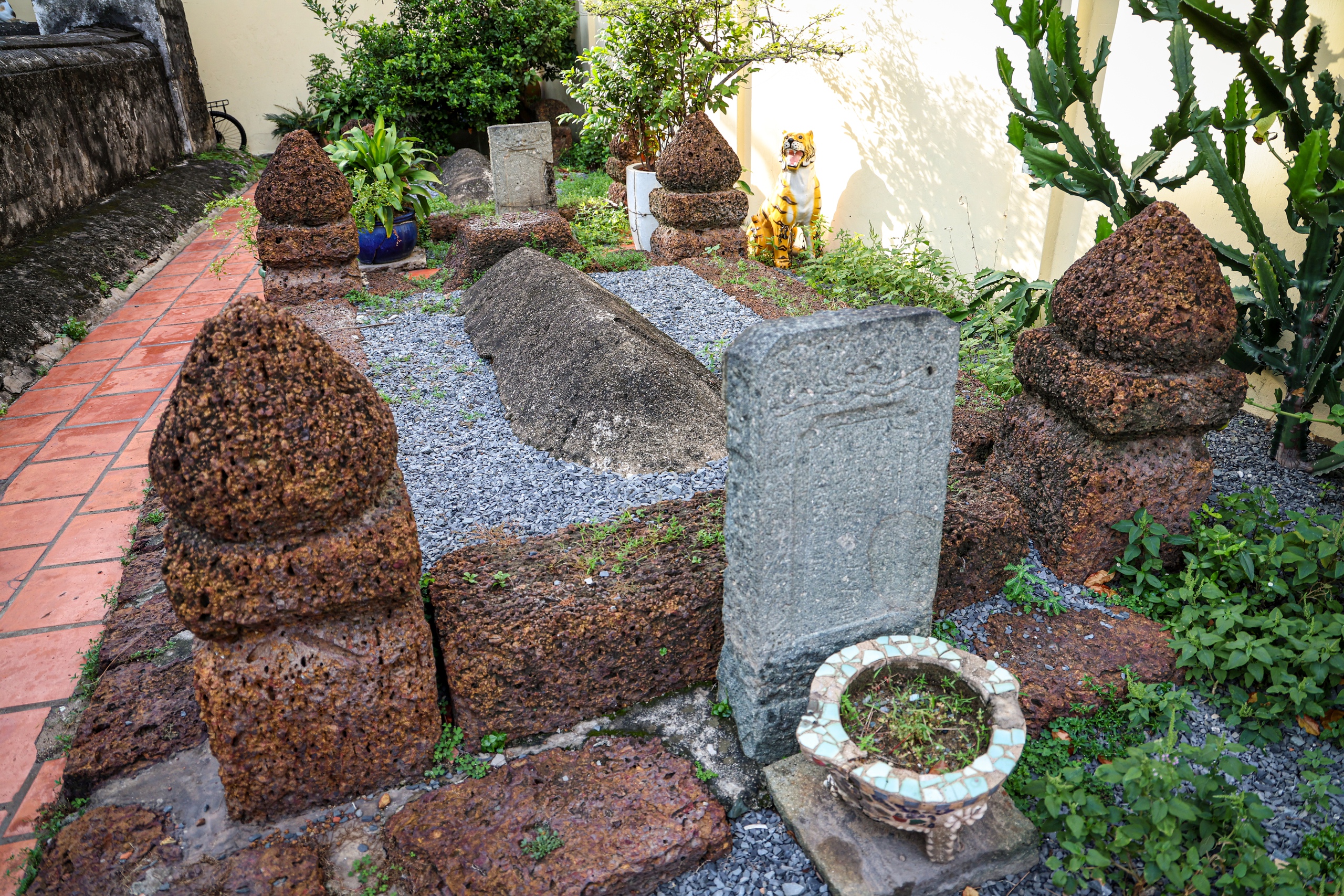
The grave of Vo Di Nguy's wife and fifth son Vo Di Thien in the same yard
PHOTO: HOA AN
At the foot of the tomb is an altar supported by 4 unicorns at 4 corners. On the altar is a large ceramic censer, of the ancient and rare type. Along the surrounding wall, connected together are many reliefs with embossed patterns such as peonies, pine trees, four sacred animals... In particular, the 2 parallel walls have embossed 2 dragons that still retain sharp lines, demonstrating the master craftsmanship of ancient artisans.
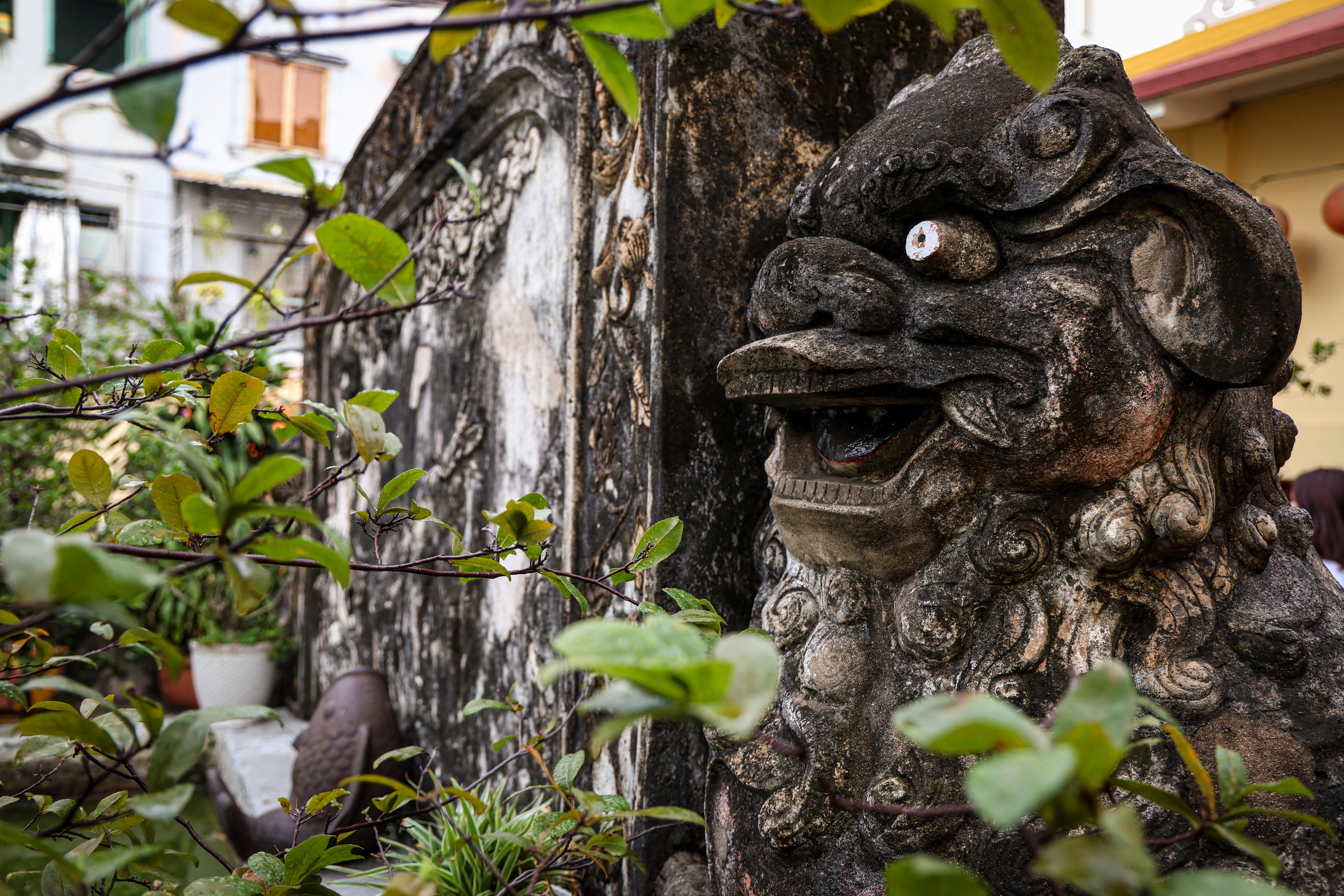
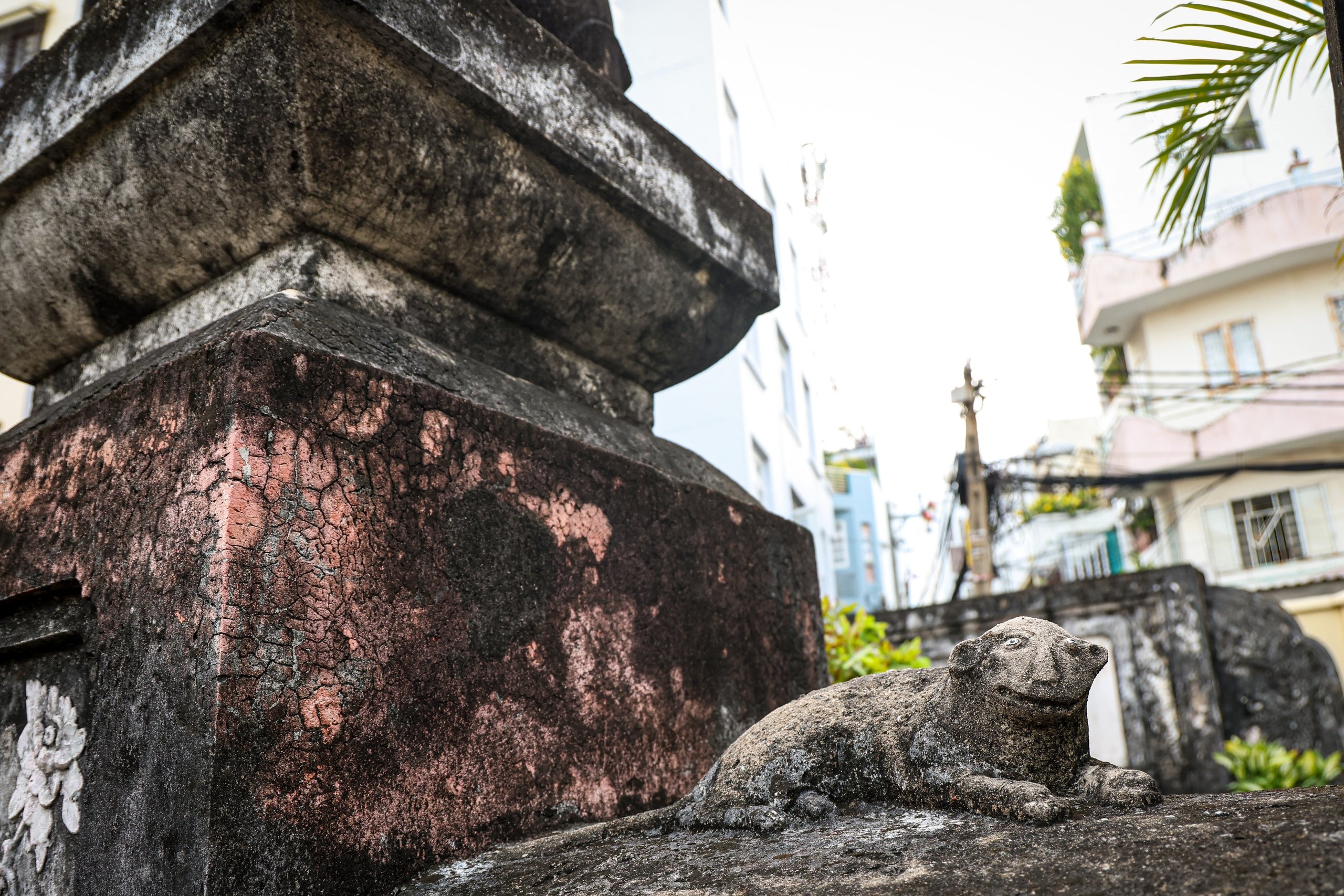
Stone unicorn and stone otter statues are rare images in Vietnamese tombs, reminding of the naval life of the famous general.
PHOTO: HOA AN
In front is a red-tiled temple with a "two dragons worshipping the moon" on the roof, with the architecture of a traditional four-pillar house in the South, with two rows of houses on the east and west. Inside is the altar of Vo Di Nguy and his grandson Vo Di Thai.
On the walls hang many horizontal lacquered boards and parallel sentences in Chinese characters recording the achievements and traditions of the family. What is special is that there are 4 sets of costumes of Mr. Vo Di Nguy that are more than 200 years old and still intact.
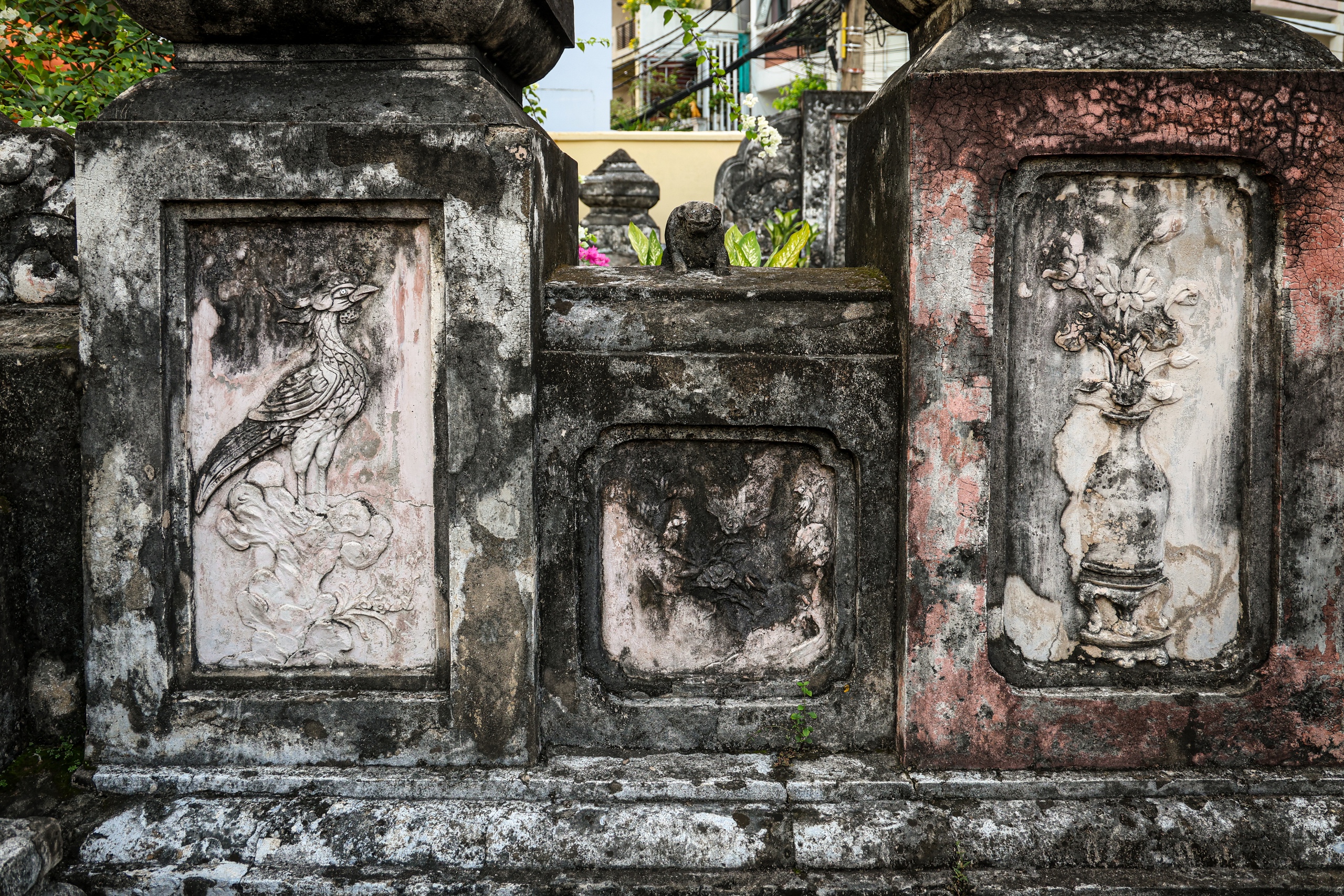
The reliefs of peonies, peacocks, pine and plum trees... are delicately carved.
PHOTO: HOA AN
Mr. Le Van Thanh (90 years old), who has been attached to the ancient tomb of Vo Di Nguy since his youth, is currently in charge of cleaning and taking care of the tomb area.
Mr. Thanh said he has lived in the mausoleum grounds since he was 18 years old. "In the past, the tomb's floor was all dirt and rocks, not paved with bricks like it is now. By 1972, the temple was seriously degraded, so it was restored," he recalled.
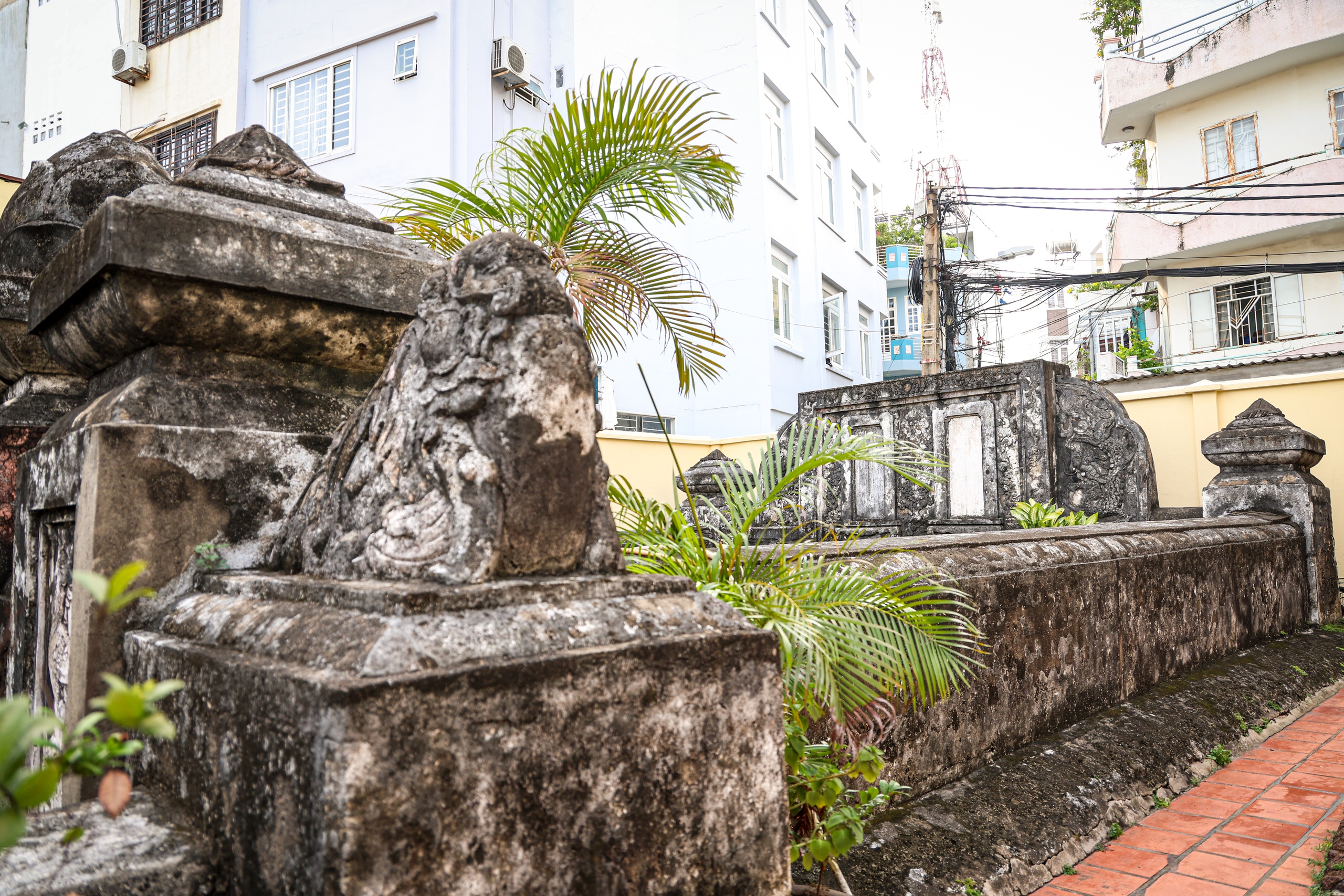
Side view of the main tomb of famous general Vo Di Nguy with ancient stone architecture preserved almost intact in the heart of Ho Chi Minh City
PHOTO: HOA AN
Despite his rare age, he still takes care of each tree and flower pot. "Many young people still visit the mausoleum, some pass by by chance and then come back to take photos and burn incense. I'm glad that the young generation is still interested in ancient relics like this," Mr. Thanh said slowly, his eyes looking far away.
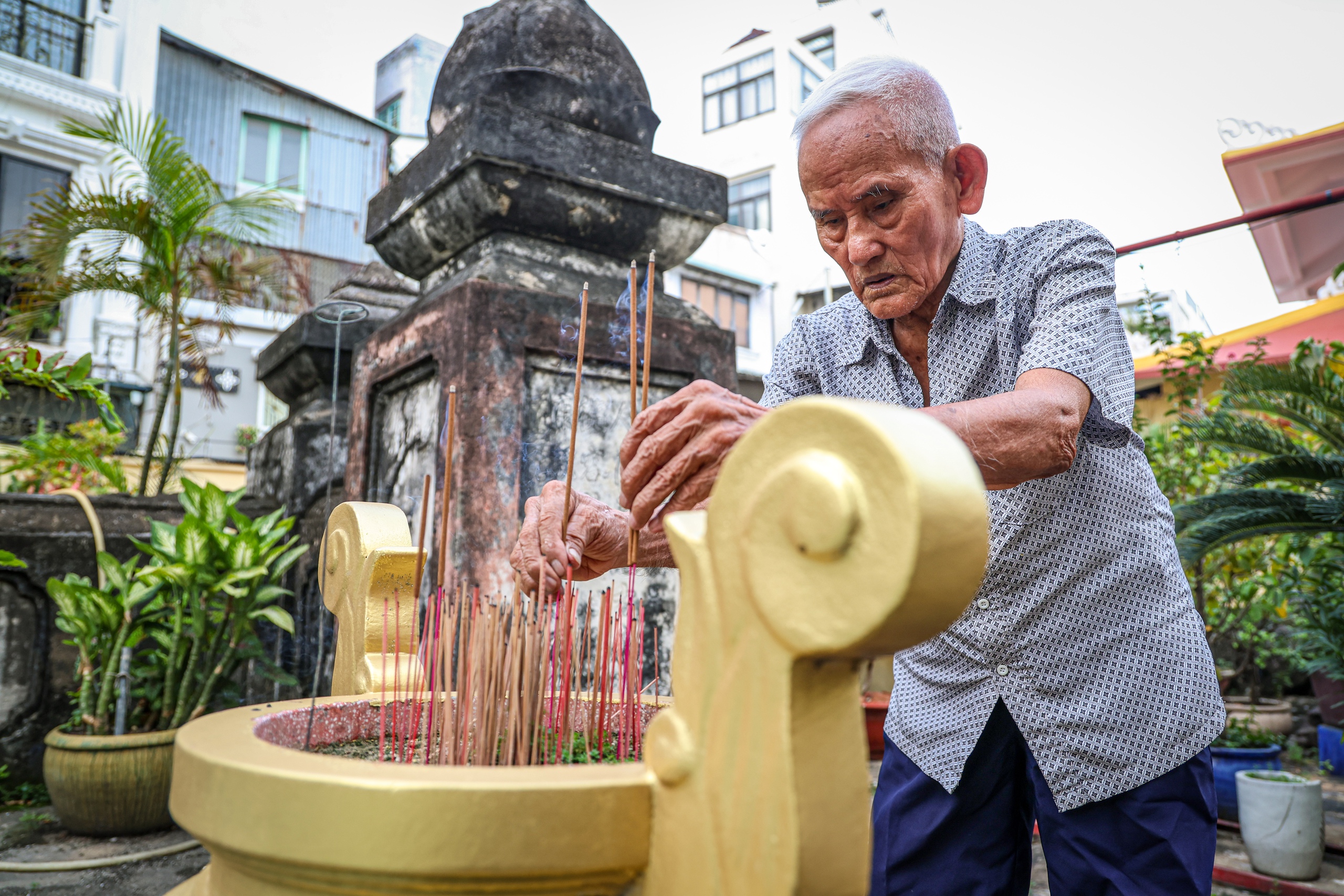
Mr. Le Van Thanh (90 years old), has been attached to Vo Di Nguy's tomb for more than 70 years.
PHOTO: HOA AN
Naval hero Vo Di Nguy and historical battles
According to the Department of Culture and Information of the old Phu Nhuan district, the famous general Vo Di Nguy, from Hue , was one of the outstanding meritorious officials of the Nguyen dynasty. He was famous for his talent in commanding troops, especially on the naval front. Under Lord Nguyen Phuc Thuan, he was assigned to command the navy.
In 1775, when Trinh army occupied Phu Xuan, he withdrew his troops to the South and loyally assisted Nguyen Phuc Anh (who later ascended the throne as Emperor Gia Long - PV ).
During the Tay Son resistance period, he and generals Chau Van Tiep, Vo Tanh, Nguyen Van Truong... commanded the navy to fight in Gia Dinh, Phu Yen , Khanh Hoa, and Quy Nhon many times.
In February 1801, in a fierce battle at Thi Nai estuary, he died from being hit by Tay Son army artillery.
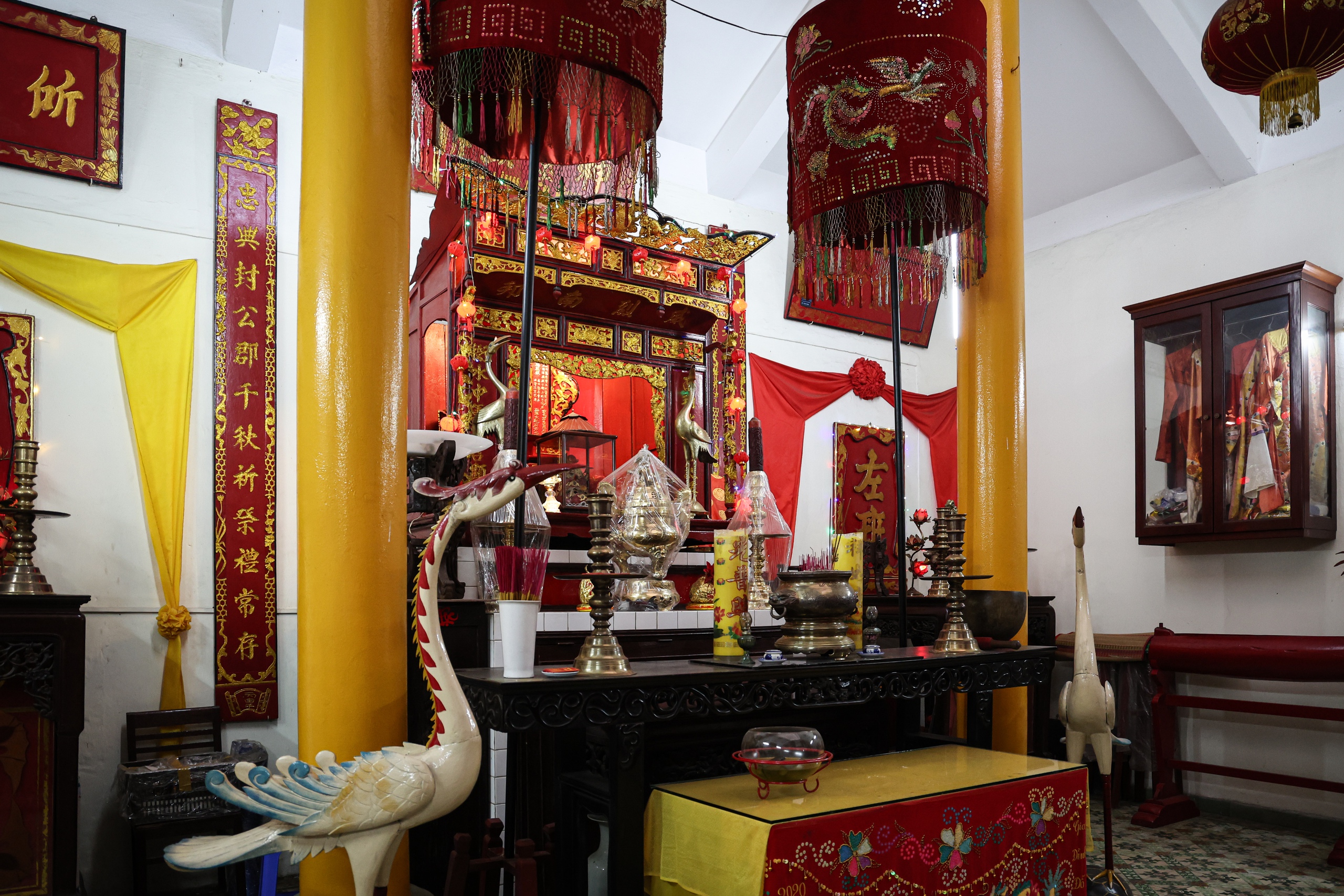
The mausoleum was built in 1801, with traditional architectural style reserved for kings and mandarins of the Nguyen Dynasty.
PHOTO: HOA AN
After his death, the royal court posthumously awarded him many noble titles such as "Left South Meritorious Official, Special Minister of the State, Thieu Bao District Duke". His body was transferred to Gia Dinh, and the funeral expenses were very large.
In the 6th year of Gia Long (1807), Vo Di Nguy was promoted to the first rank and was given the title of "Specially Specialized General of the Central Military Region".
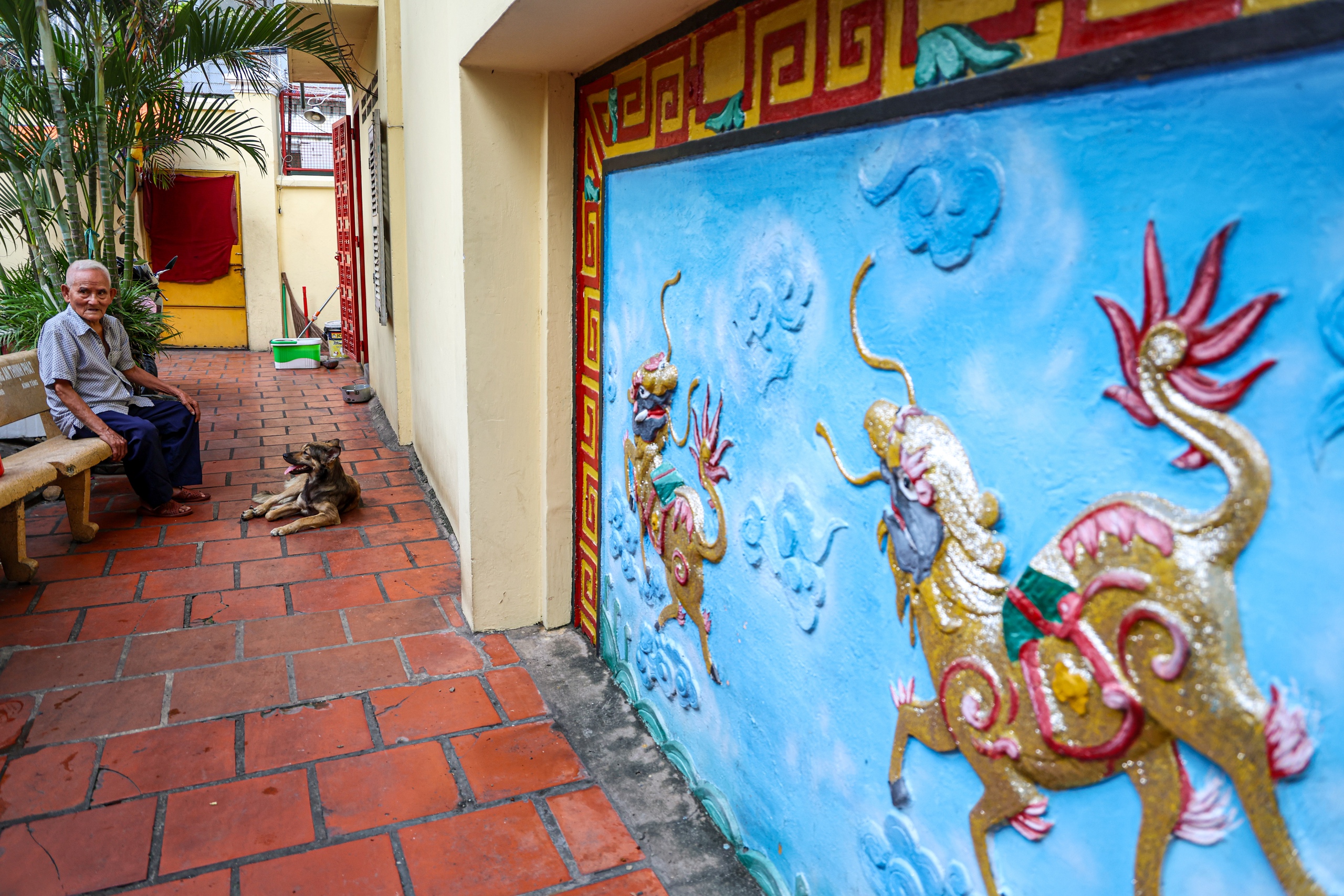
Mr. Thanh sits resting next to the lion dance relief in the Phu Trung temple grounds (Cau Kieu ward, Ho Chi Minh City).
PHOTO: HOA AN
Today, the ancient tomb of Vo Di Nguy is not only the resting place of an outstanding general, but also a valuable relic reflecting the architecture, sculpture and worship beliefs of ancient Vietnamese people.
Vo Di Nguy's tomb was ranked as a national architectural and artistic relic by the Ministry of Culture, Sports and Tourism in January 1993.
In the middle of Ho Chi Minh City, this ancient tomb, more than two centuries old, is like a quiet note, reminding us of a heroic period of history, of the people who contributed to creating the foundation of the country.
Source: https://thanhnien.vn/mo-co-224-nam-o-tphcm-luu-danh-tuong-nam-toan-bo-thuy-quan-trieu-nguyen-185250802223048052.htm




![[Photo] President Luong Cuong attends the 50th Anniversary of Laos National Day](/_next/image?url=https%3A%2F%2Fvphoto.vietnam.vn%2Fthumb%2F1200x675%2Fvietnam%2Fresource%2FIMAGE%2F2025%2F11%2F27%2F1764225638930_ndo_br_1-jpg.webp&w=3840&q=75)

![[Photo] Prime Minister Pham Minh Chinh chairs the 15th meeting of the Central Emulation and Reward Council](/_next/image?url=https%3A%2F%2Fvphoto.vietnam.vn%2Fthumb%2F1200x675%2Fvietnam%2Fresource%2FIMAGE%2F2025%2F11%2F27%2F1764245150205_dsc-1922-jpg.webp&w=3840&q=75)



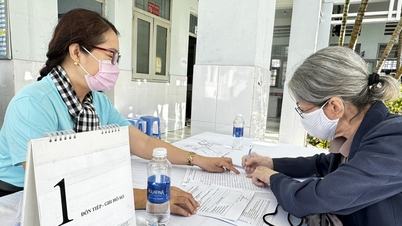
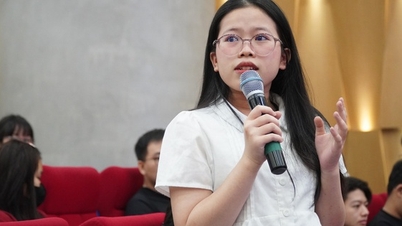



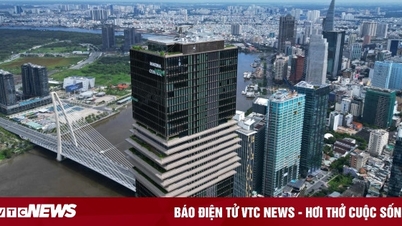





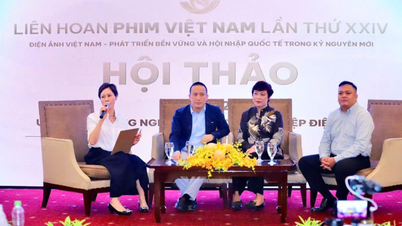
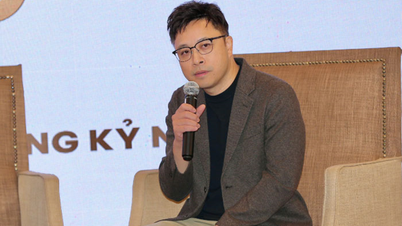
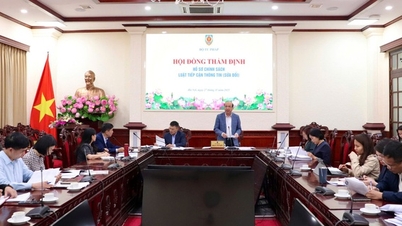








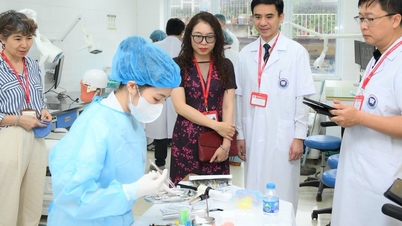
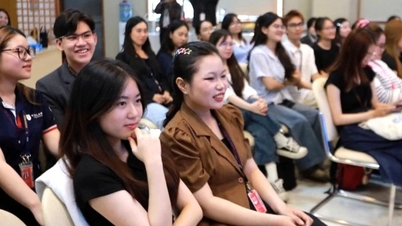
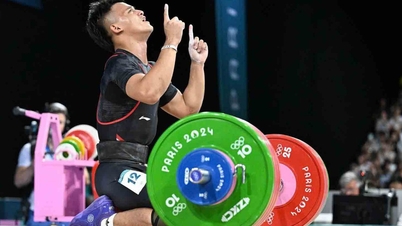





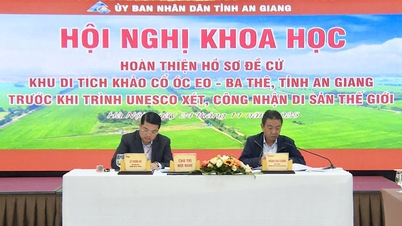



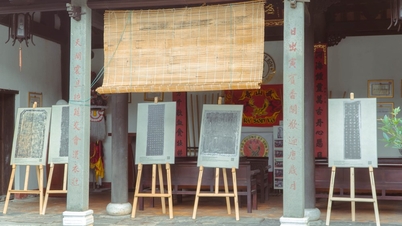
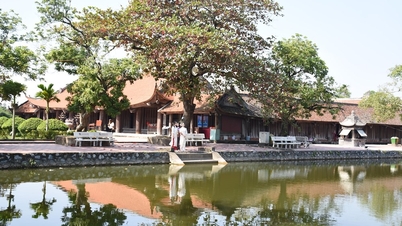
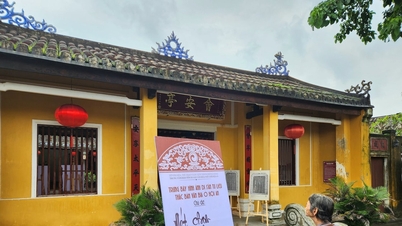


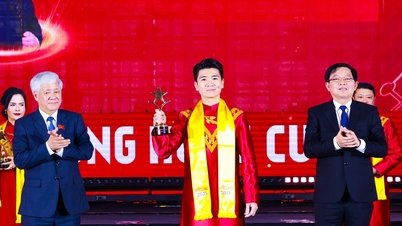


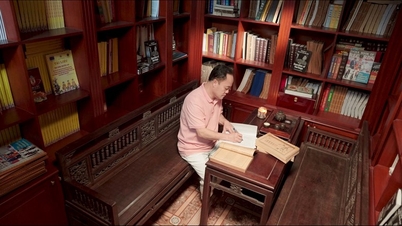


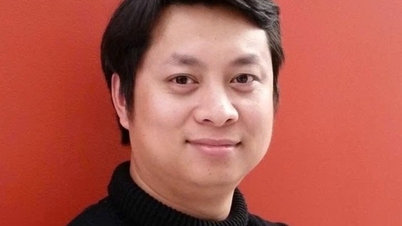

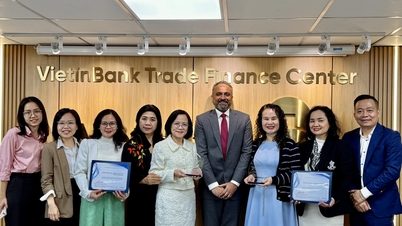







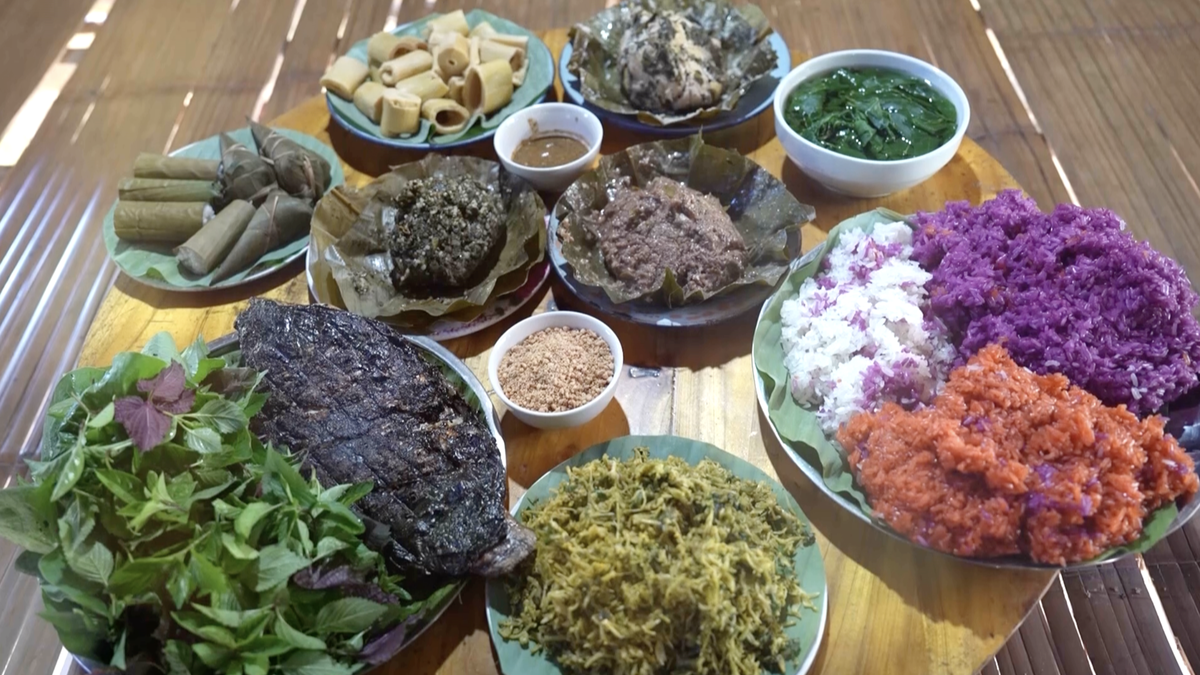
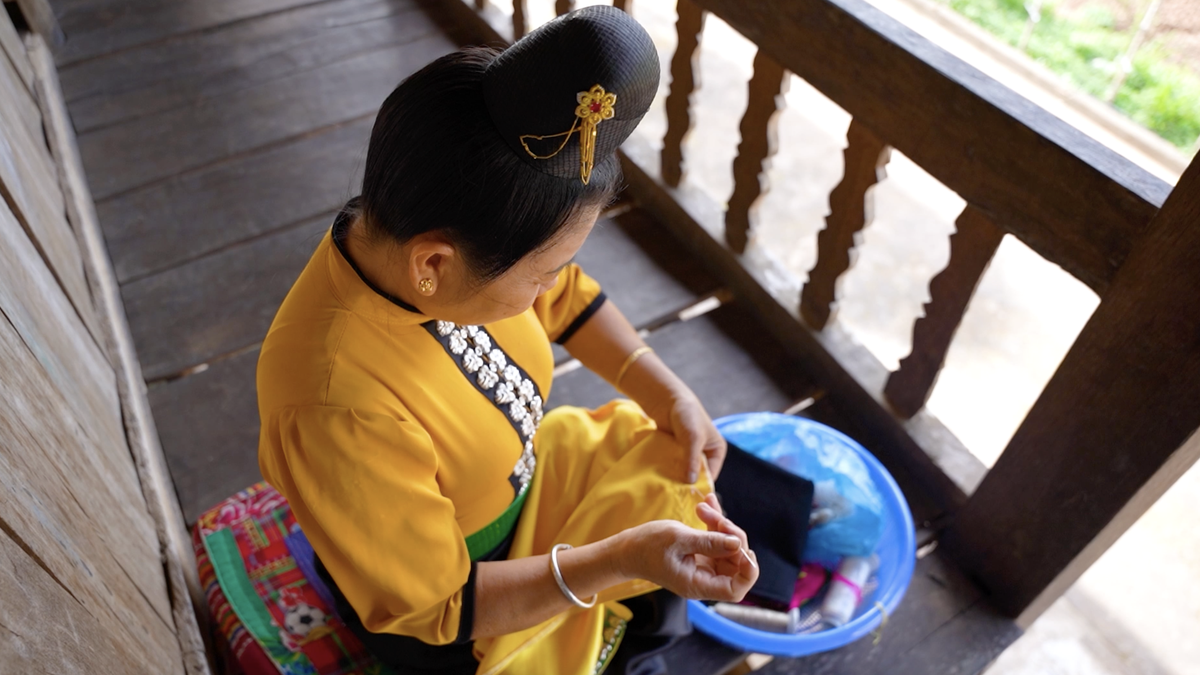

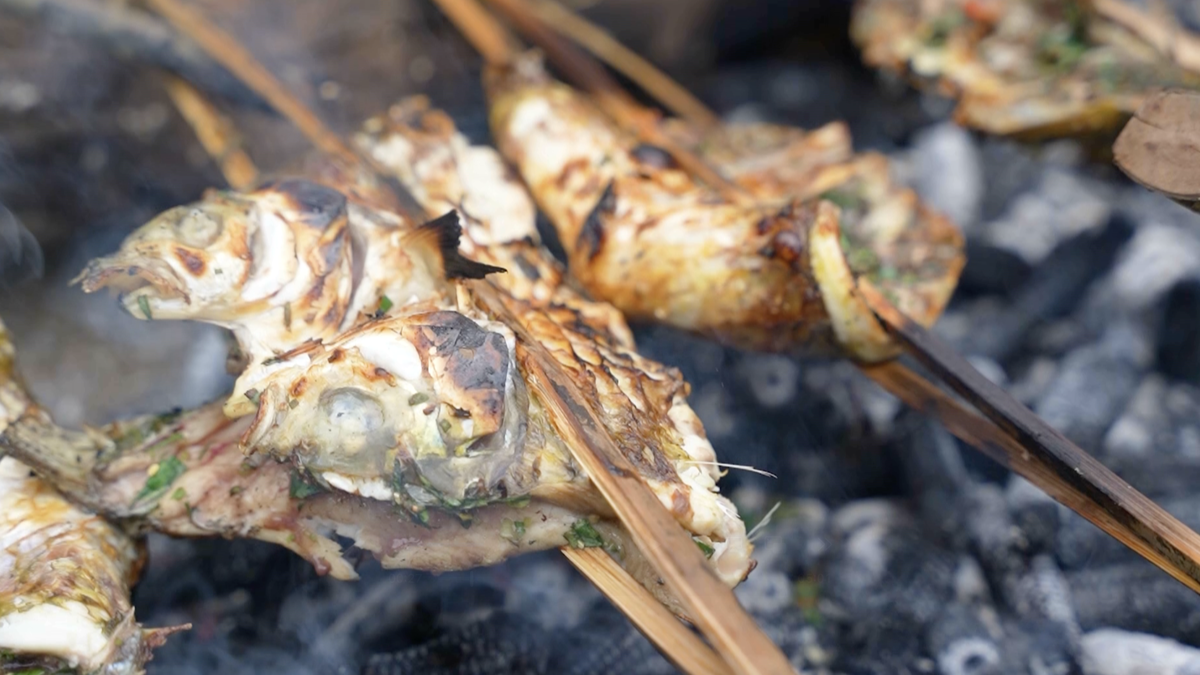
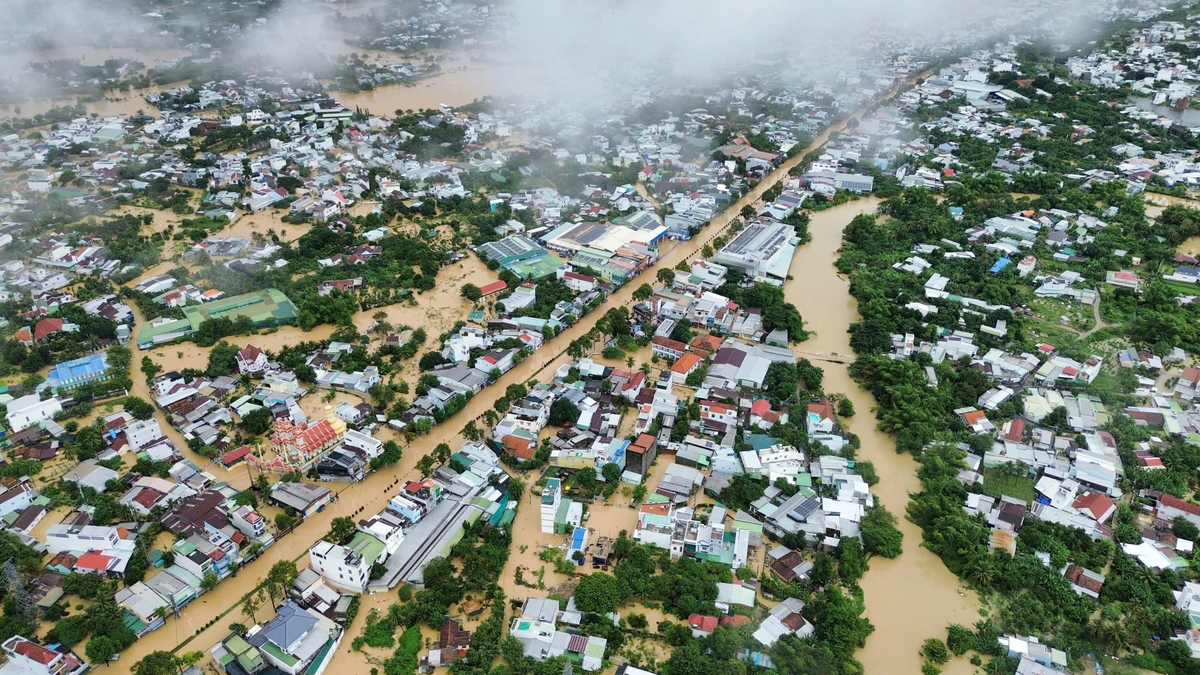
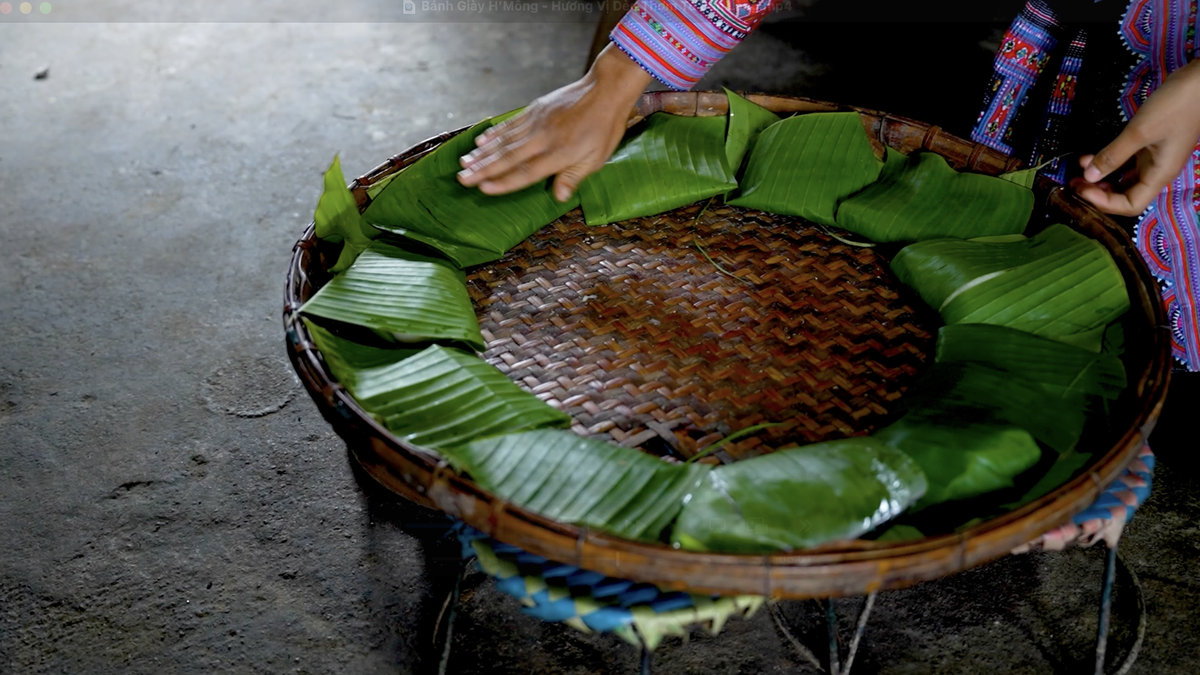
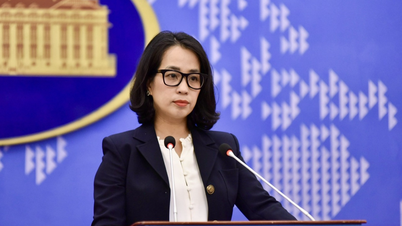



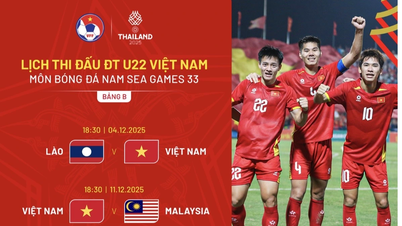
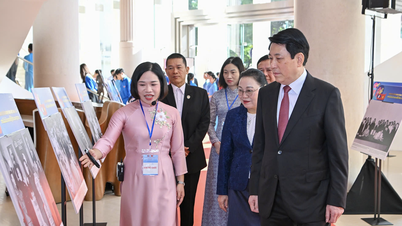
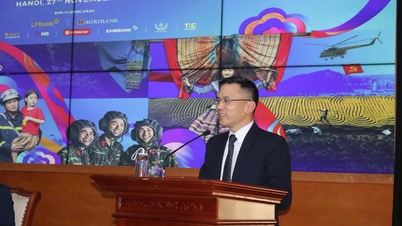
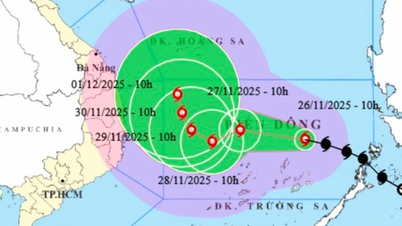
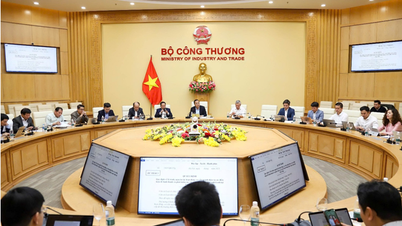

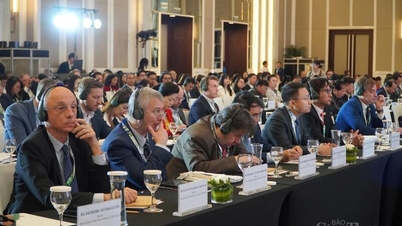
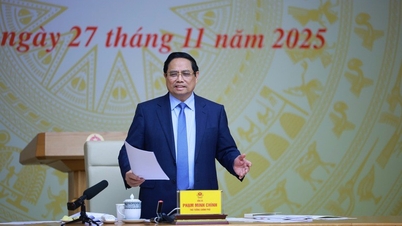




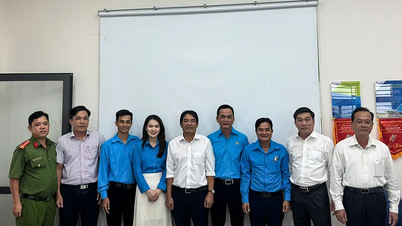





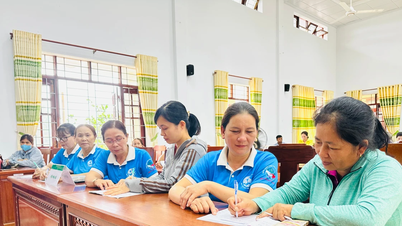



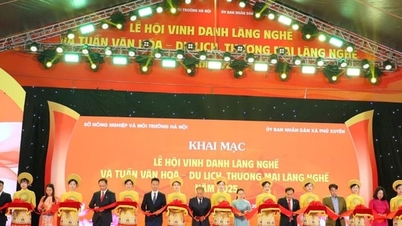



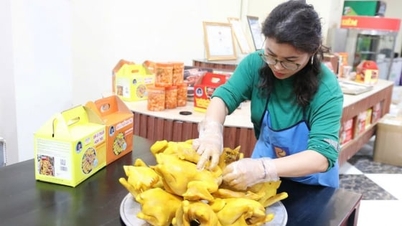






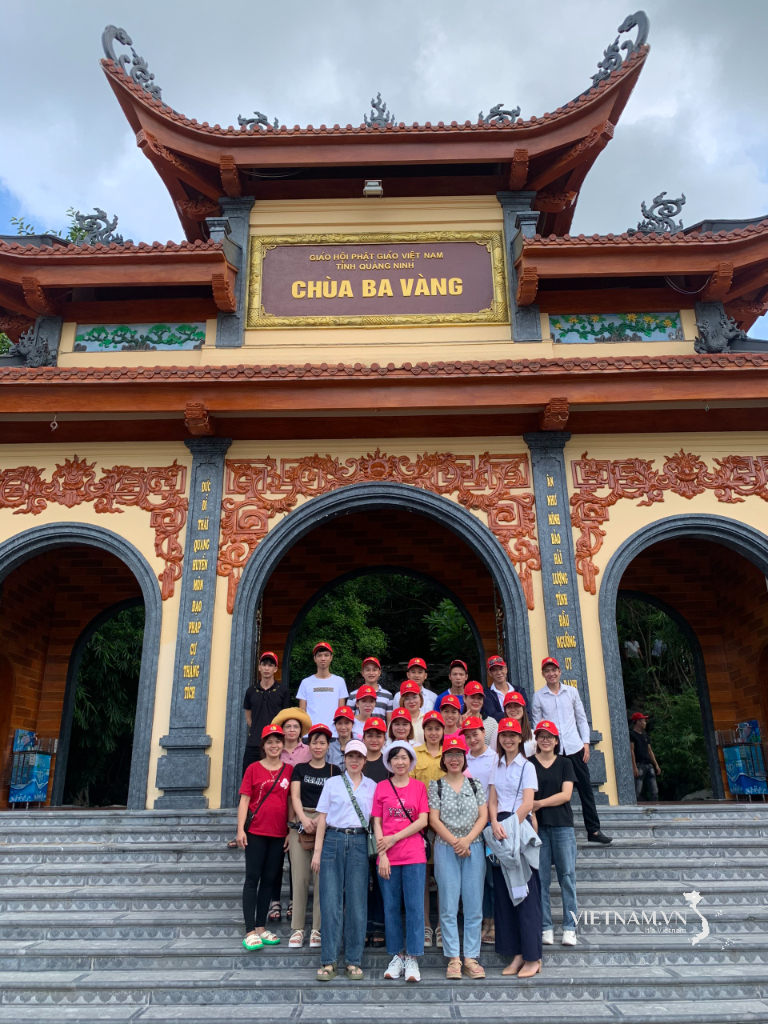
Comment (0)